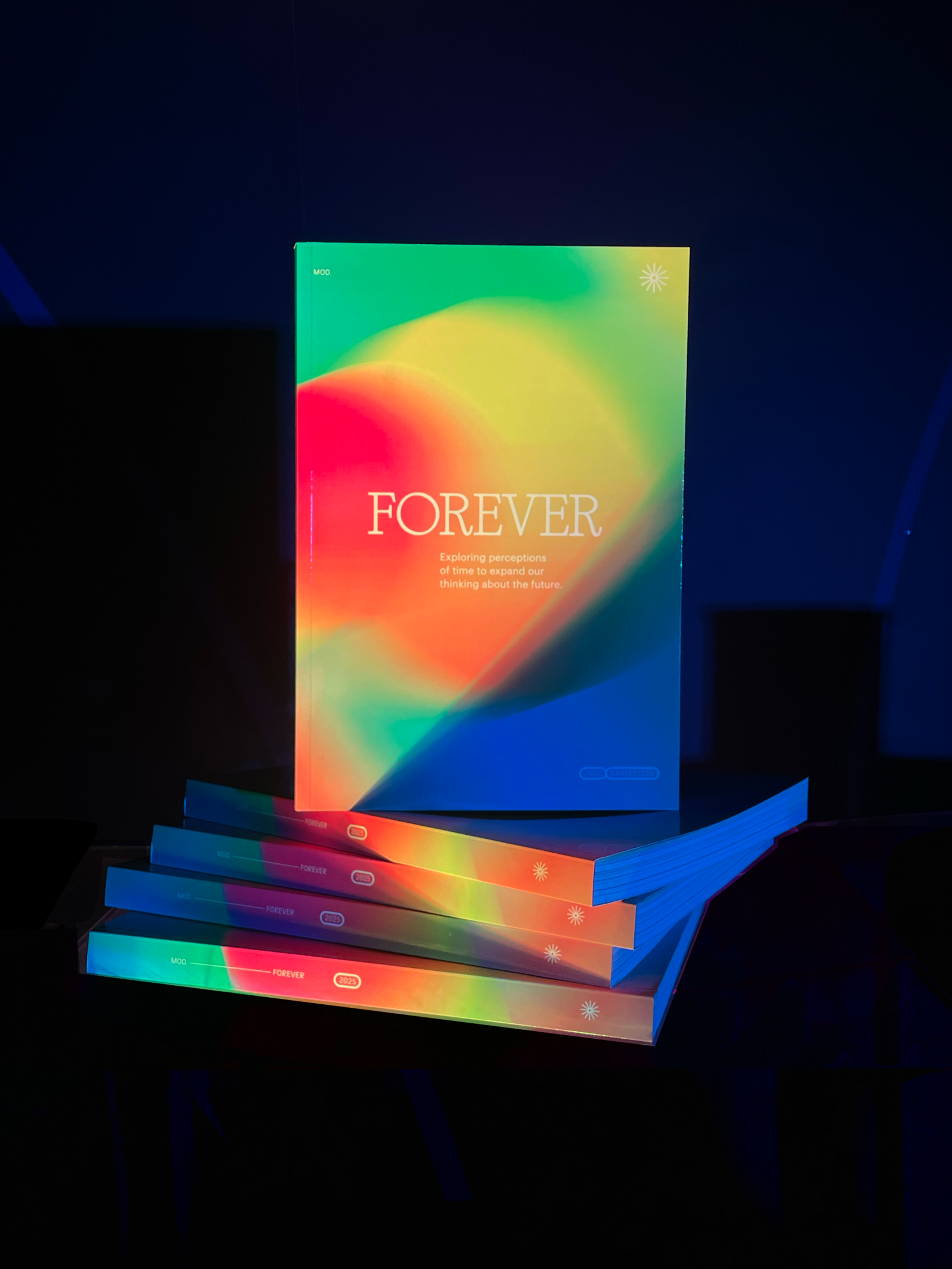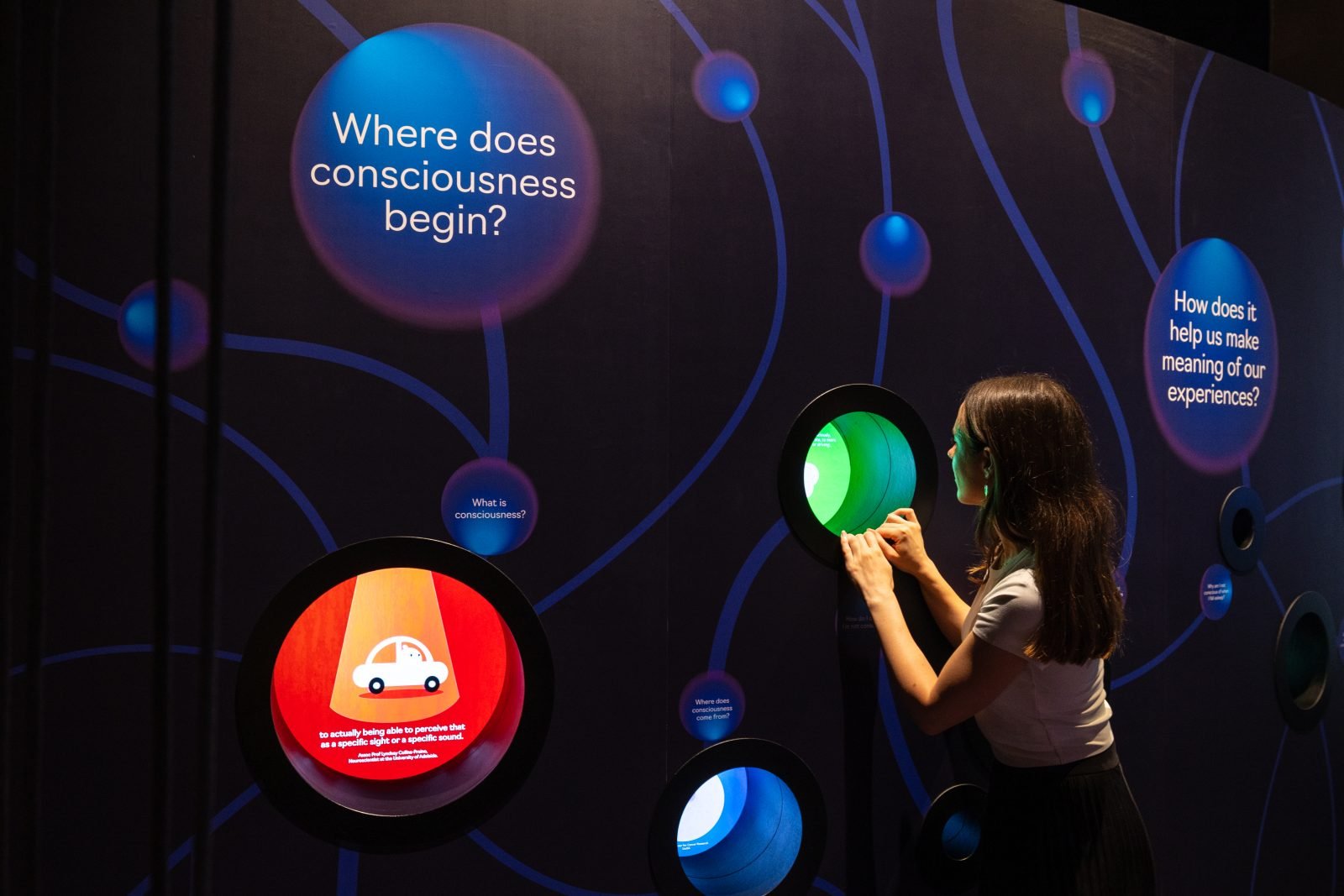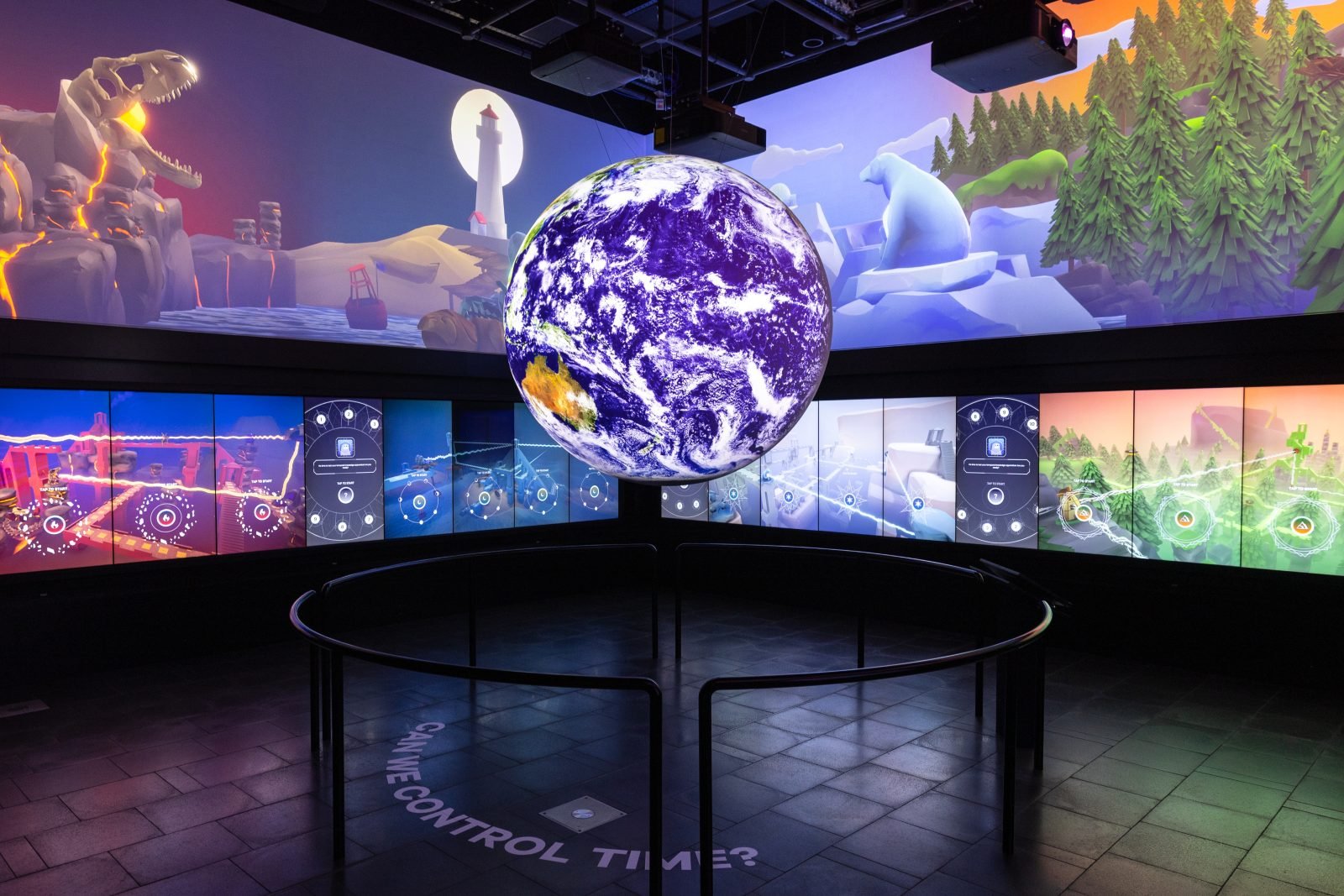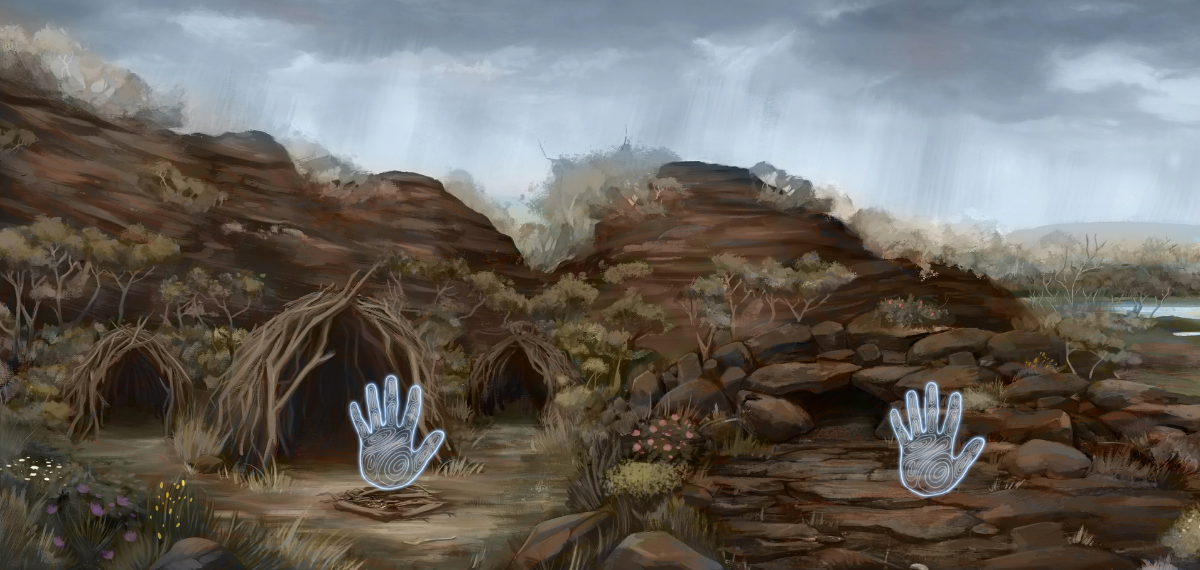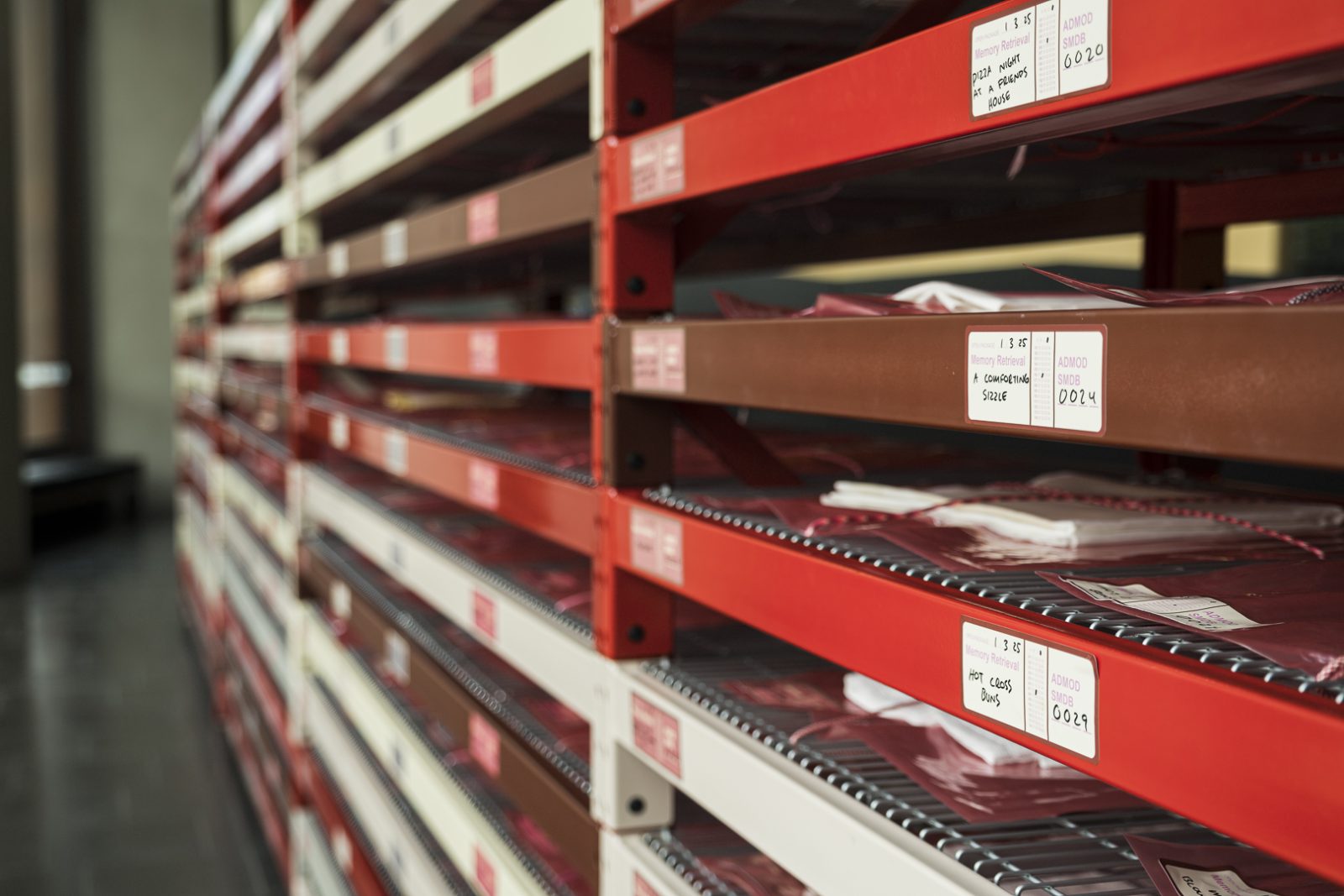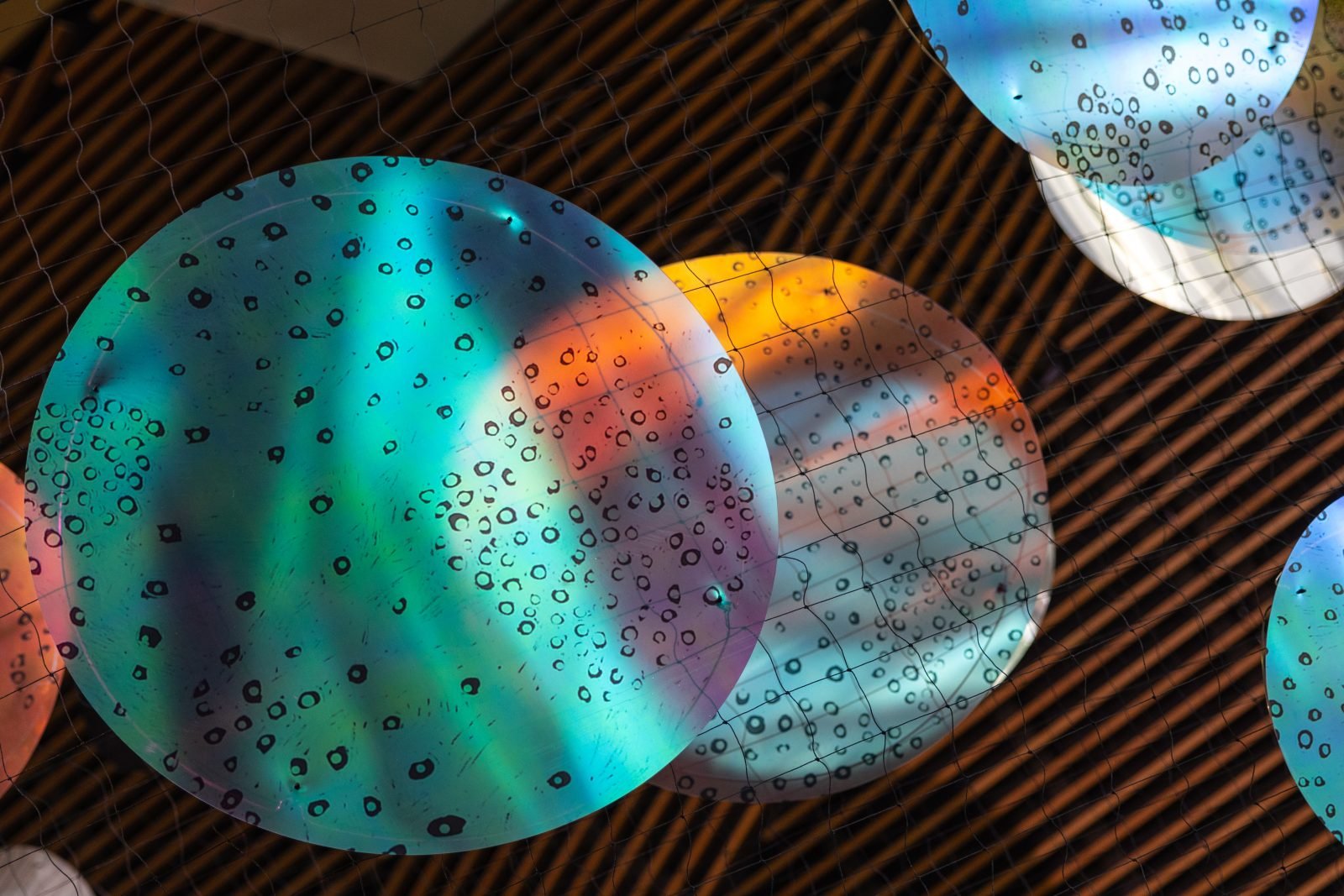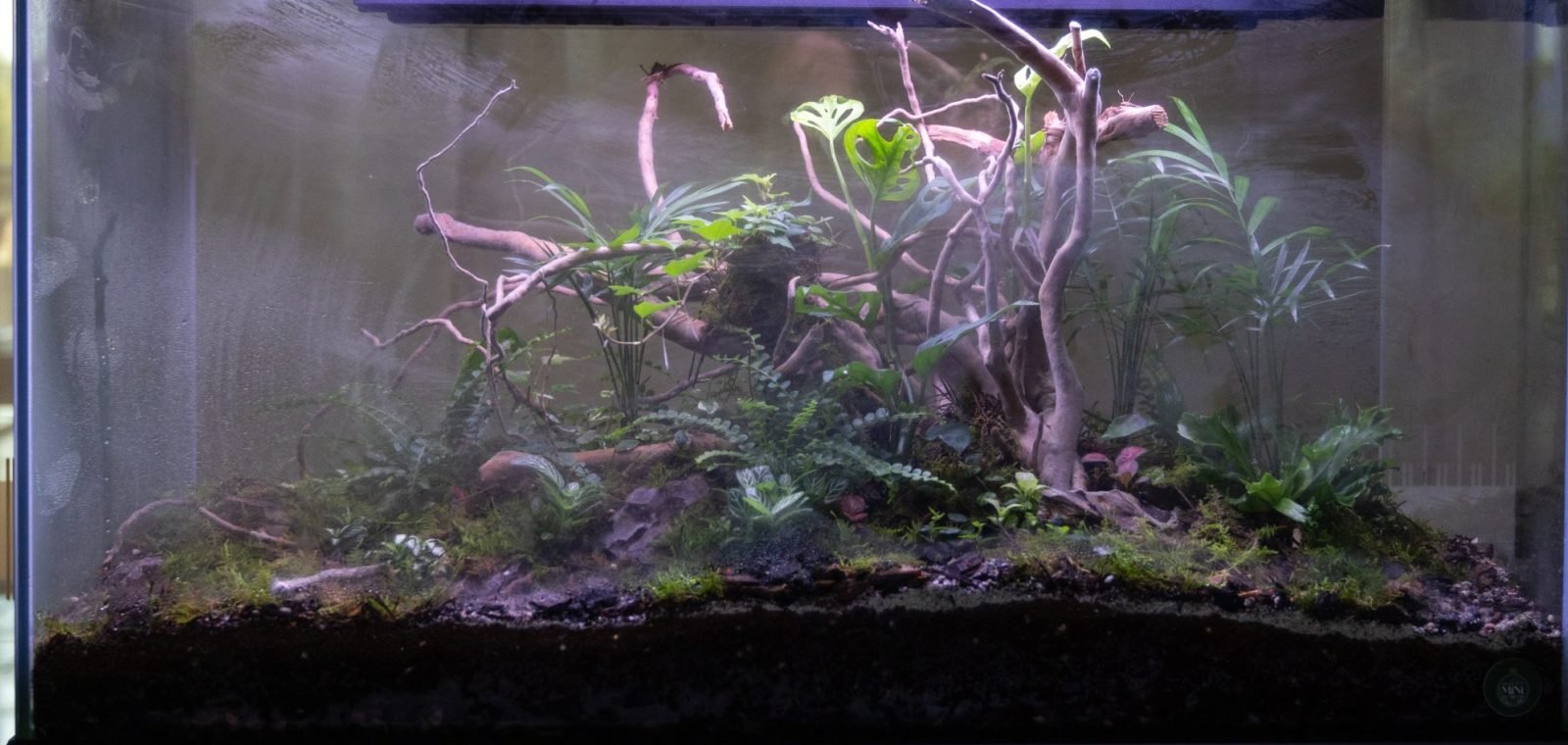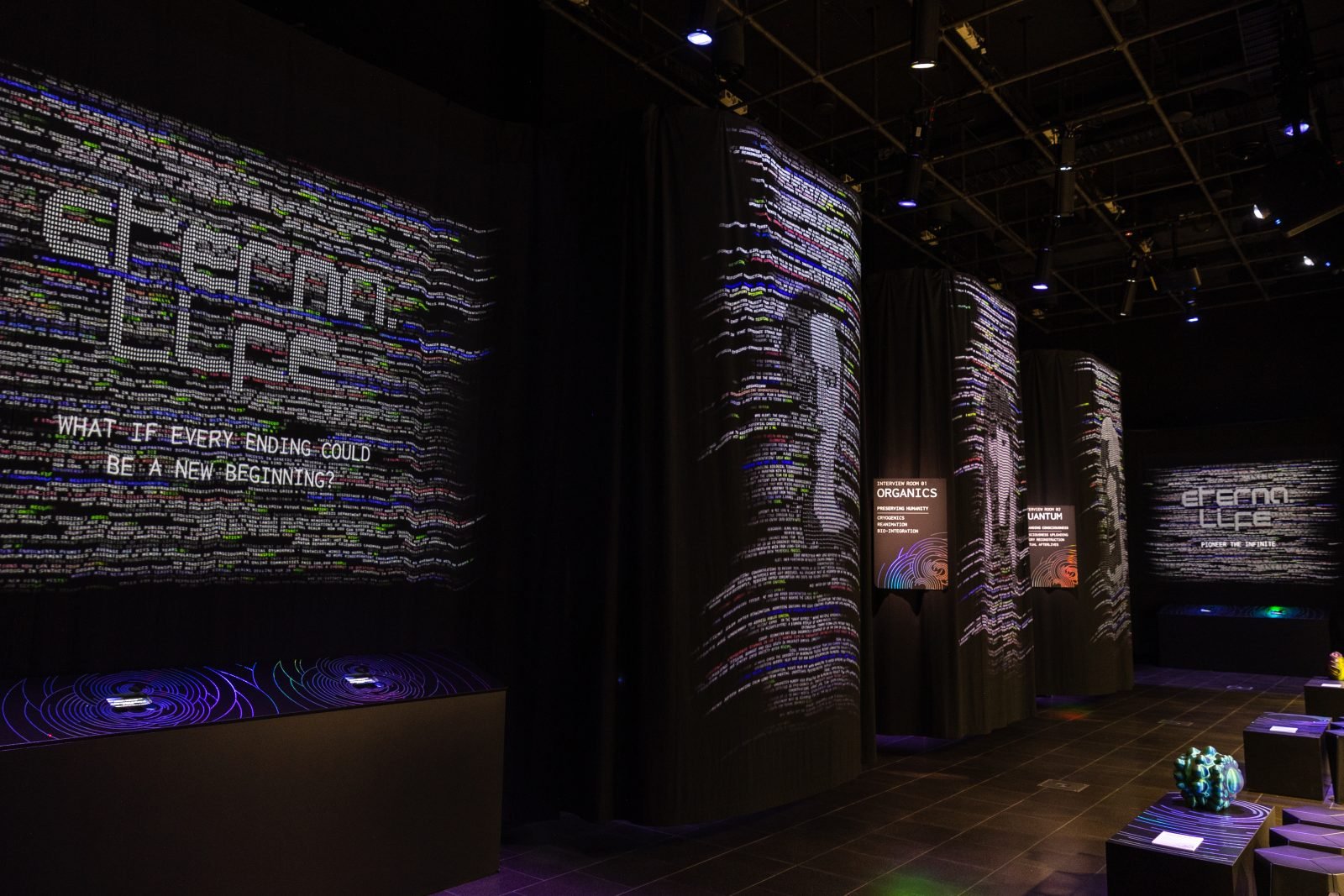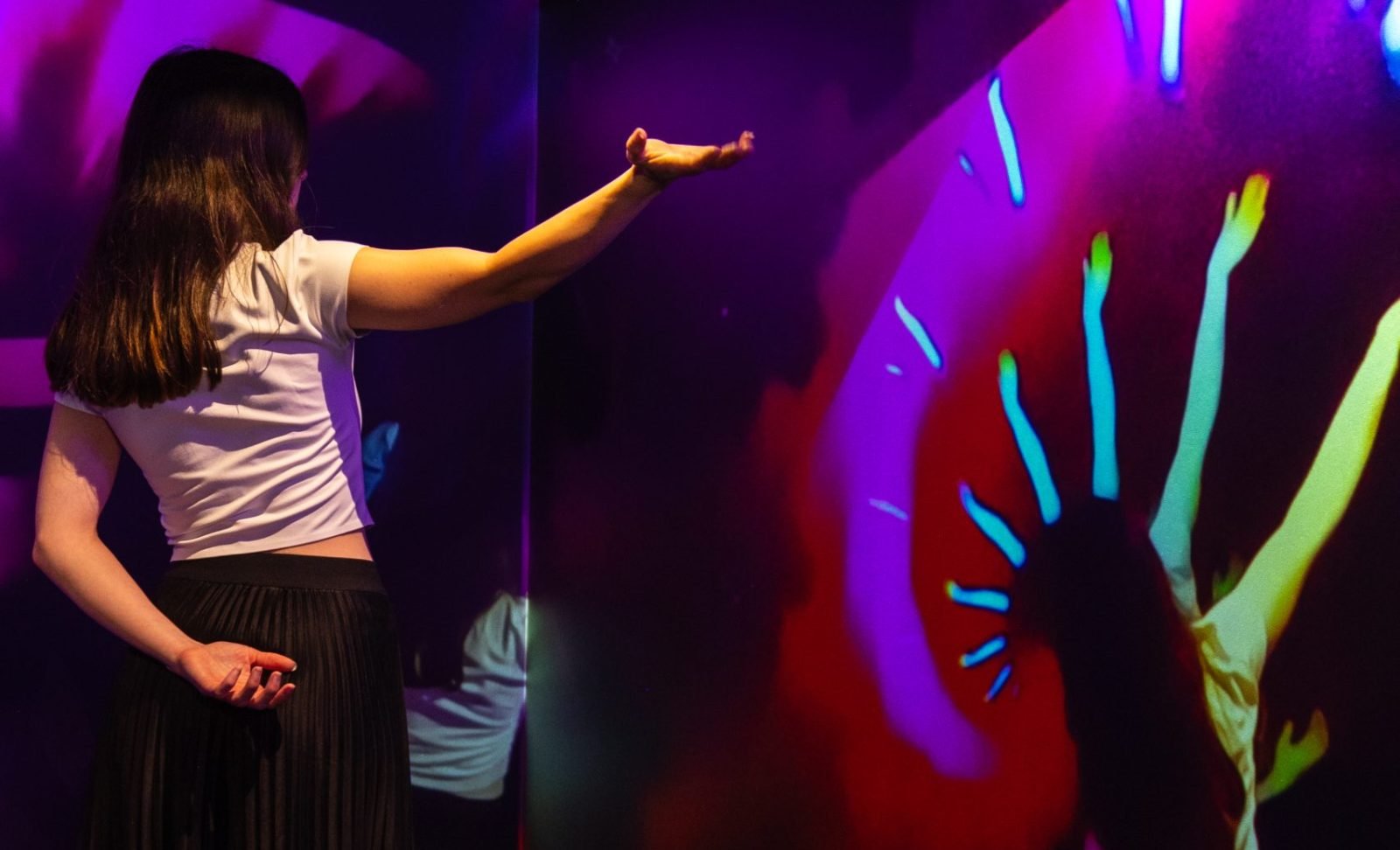Interested in ageing?
Make it a career with UniSA
Bachelor of Health Science (Healthy Ageing)
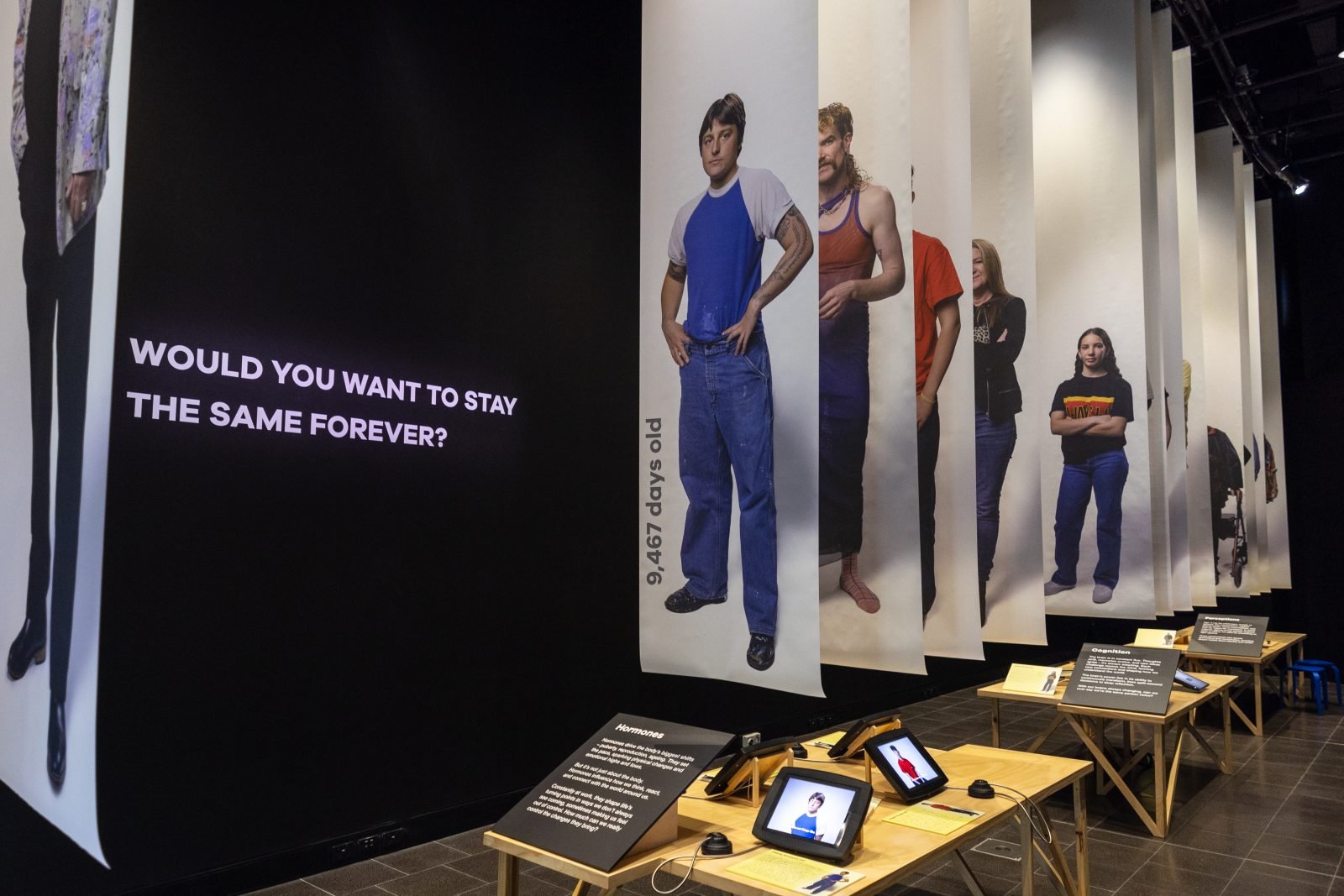
Exhibit Details
- Would you want to stay the same forever?
- Delve deeper
We can’t all be Edward Cullen, a 104-year-old man stuck in a 17-year-old body. But would we want to even if we could?
The changes in our hormones, bodies, cognition, and social attitudes are proof that time is passing. The alternative of staying the same forever is less interesting. Without the bonus of sparkling skin and superhuman speed, eternal longevity might not be so enticing.
This exhibit is a balance of the personal and shared experiences we have around change and ageing. Facets of life which can be joyful, frustrating and inevitable.
In this gallery, a series of people provide their perspectives of change. Displayed throughout the gallery are portraits, handwritten and audio perspectives from diverse people. Test your abilities through various age-related tests and interrogate your perceptions about ageing.
From the moment we are born, we are ageing. Our bodies and minds are in a perpetual state of transformation. Growing, regenerating, adapting, with each phase reflecting the natural rhythm of change. Ageing isn’t just biology, it is an ongoing journey that traces the passing of time.
-
Physiology
Bones stretch, muscles strengthen, cells renew. Each shift tells a story. The wear and tear of time, the resilience of recovery, and the body’s remarkable ability to keep moving forward. Whether we’re running, resting, or rebuilding, our bodies never stop evolving.
We also use our bodies to perceive the world around us. The senses that we use to do this change enormously over the course of a lifetime. For example, babies’ eyesight is underdeveloped, with newborns seeing in black and white and not able to track moving objects. Full visual acuity doesn’t develop until sometime between 5-15 years old. Into older age, the lens of the eye loses elasticity. This slows down vision by taking longer to focus on objects at different distances. In addition, the likelihood of cataracts increases.
Our hearing also changes as we age. Detecting sound involves various structures and nerves. This includes cochlear hair cells in the inner ear fluid which move with sound vibrations. As these cells deteriorate with age, high-frequency sounds become harder to hear. This process begins in adulthood. This decline has even led to devices that emit high-pitched sounds only teenagers can detect. See how you compare to other ages with our hearing interactive in the gallery.
Not only how we sense the world, but how we move through it, changes as we age. Skin loses elasticity and wrinkles appear, spinal disks shrink and we get shorter. There is an involuntary loss of muscle mass, strength and function called sarcopenia. Like cognitive power, muscle strength is also something that can be influenced. The choices we make about our level of physical activity matter.
Professor Grant Tomkinson is a research member of Allied Health and Human Performance at the University of South Australia. He has just published the world’s largest analysis on handgrip strength norms. This study pulls in data from studies representing 2.4 million adults aged 20 to 100+ years from 69 countries in the last 20 years.
He calls it the “will to live” meter as it’s so tightly linked to overall fitness and health outcomes. It’s a much better measurement than bodyweight or body fat percentage, it’s even a better predictor of overall health than blood pressure. Grant hopes that his research will help make handgrip strength a more widely available tool for health professionals to use in health screening and monitoring. Even if you do score low, it’s something that can be improved with strength training — and that doesn’t mean signing up for an expensive gym membership. Household chores, walking the dog, and gardening can all provide resistance training. You can get a sense of your own handgrip strength in the exhibit.
-
Hormones
Hormonal changes through life is a vast topic. Our endocrine system regulates functions from metabolism, appetite, growth, blood pressure, sleep cycles, stress response and sexual development and reproduction. These all change – throughout the day in some instances, over cycles, and during periods of transition in our lives.
Some of the biggest shifts – puberty, reproduction, ageing are driven by hormones. They set the pace, sparking physical changes and emotional highs and lows. But it’s not just about the body. Hormones influence how we think, react, and connect with the world around us. Constantly at work, they shape life’s turning points in ways we don’t always see coming. Sometimes in ways that we feel we have no control over.
In our exhibit, we look to a series of portrait participants to share their experiences of hormonal changes at key points in life through short video recordings. Sharing their thoughts on puberty, gender transition, pregnancy and menopause. The message we wanted to convey in this part of the exhibit is that hormonal changes happen throughout our lives. They can impact not just your body but your emotions and moods. There is a wide spectrum of experiences – you may identify with some of the examples shared by our portrait sitters, but your experience may vary.
-
Cognition
The brain is in constant flux. Thoughts shift, memories evolve, and new ideas ignite – it’s always adapting. Each challenge rewires the mind, forming new connections and shaping how we understand the world. The brain’s power lies in its ability to continuously transform, from split-second decisions to deep reflection.
Neuroscientist Lyndsey Collins-Praino engages in research with the Cognition, Ageing and Neurodegenerative Disease Laboratory at the University of Adelaide. She is focused on identifying predictors for the risk and rate of cognitive decline as a part of healthy ageing and also in neurodegenerative diseases such as Alzheimer’s and Parkinson’s disease. “It’s important to keep in mind that not all age-related cognitive change is a negative thing,” says Lyndsey.
“While it’s absolutely true that some things do decline as we get older, others get better. Some of the areas we see decline include things like processing speed, time to complete tasks, long term memory information or working memory — the amount of information we can hold in our memory at a given time. Some of the changes we see that are more positive, however, are that the longer we live, the better our knowledge of vocabulary and world knowledge. Older adults routinely do better on these tests than younger adults.”
We wanted to ensure that this was a message that was embedded in the exhibit, that ageing is not just decline. Individuals retain some agency in boosting their cognitive reserves throughout life. This can occur through social interactions and exercise. Also by avoiding risk factors associated with cognitive decline like drinking, smoking and physical inactivity. Drawing from Lyndsey’s research into cognitive resilience, there are a number of interactives in the exhibit that show how our cognitive capacities can change. They can increase with age, decrease, and we can demonstrate neuroplasticity showing our brains can change across our lifetimes.
-
Perceptions
Age: it can be celebrated, feared, or ignored. Our interpretation shapes beauty ideals, social expectations, and how we regard life experience. In some cultures, ageing brings greater respect, while in others, it’s seen as something to fight against. These perspectives vary across generations and communities, revealing deeper beliefs about identity and worth.
At the end of the exhibit, we invite visitors to reflect on the perspectives we generate around ageing, and why we think the way that we do. Denial that it will ever happen to us. Fear of the physical changes of ageing to our appearance. Celebration of milestones of life like transitions to adulthood. And acceptance and respect for the wisdom and experience that comes with age.
Our portrait candidates come from a variety of backgrounds and share their perspectives of ageing across cultures. Exploring the impact of beauty standards and aesthetics on self-perception, rituals and celebrations. Marking moments of change, and positive aspects of ageing and how they are celebrated across different cultures.
Beyond our portrait candidate perspectives, we invite our visitors into a cross-generational discussion. In the gallery space, you can ask for thoughts from someone younger or older than yourself, on a range of topics from health, love, friendship or work. You can also share your own perspectives and advice in response to others queries.
Ageing comes for us all. We may go through these changes individually, and at our own pace. But collectively we share in this experience of time moving forward and our continuous growth.
Read
- Study suggests that aging begins in the womb
- Should legal age be changed based on the distinction between biological and chronological age?
- Ageing as a queer state
- Why Does Gen Z Believe It’s ‘Aging Like Milk’?
- How old are your internal organs? | Pursuit by the University of Melbourne
Watch
- Why we should embrace aging as an adventure
- The science of cells that never get old
- This Is Us – a TV series about family going through different struggles and managing change at various stages of life
Play
- Crossword puzzle participation associated with memory decline in persons who develop dementia
- Test yourself: how old is your brain?
Listen
Credits
- Design and Production Featherweight
- Associate Professor Lyndsey Collins-Praino, Associate Professor Katrina Jaworski, Professor Grant Tomkinson Research
- Jilda Andrews Consultation
- Lachlan Turner Lighting
- Walls That Talk Decals
- Anonymous Portraits
- Aristo Risi Photographer

